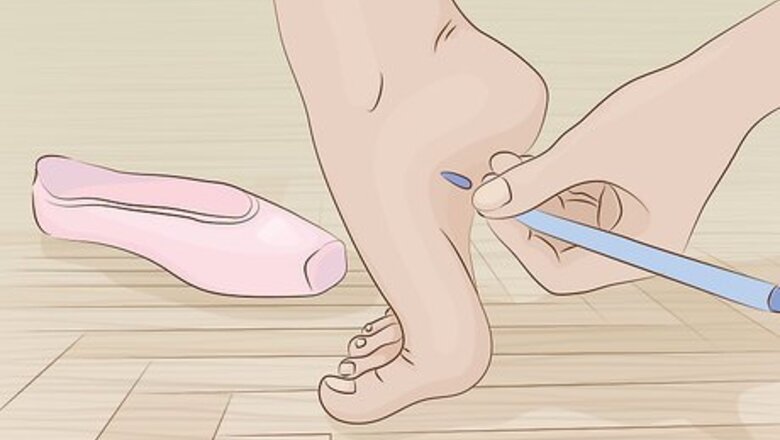
views
Molding the Shoe
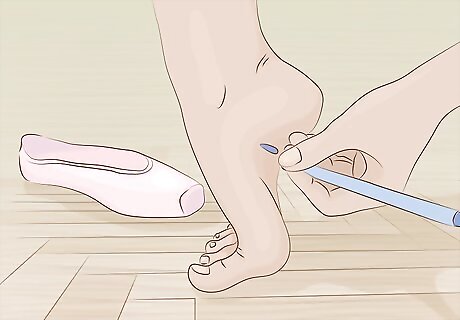
Identify the natural break in your arch. Before you can soften the shank, the reinforced sole of the pointe shoe, you’ll need to figure out where your natural arch breaks. The break is where the heel becomes the arch. Bend your foot to see where your arch naturally breaks. You can mark the point on both your foot and the shoe with a marker. Avoid arbitrarily bending the shank of your pointe shoe, since this may not correspond to the natural break in your arch.
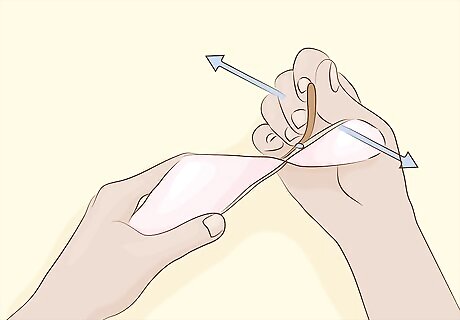
Bend the shank at the natural break in your arch. After you’ve identified your natural break and marked it in your shoe, pry up the shank and bend it back and forth gently at the marked position. This will make the shank more pliable when you rise up on pointe. Remove the small nail that fastens the shank to your shoe.
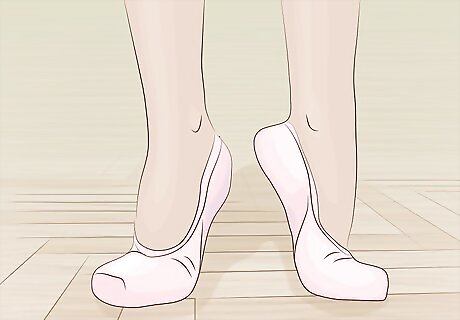
Wear the shoe to mold the break. Put on the shoe and extend your foot from flat to demi pointe to begin molding the break. This will help you know the exact shape of your foot in your shoe.
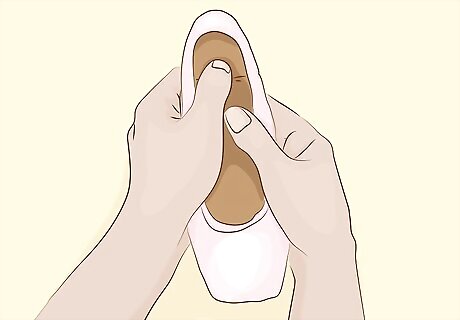
Mold the shoe with your hands. Remove the shoe and gently mold the area of the shank where your natural arch breaks. Work the area with your hands, following your mark and the shape your foot has made. Molding the shoe where your arch naturally breaks will make rising in your shoes more comfortable and increase the life of your shoes. You don’t need to add heat to help with shaping the shank. Since you previously wore your shoe to begin molding the break, the heat from your foot will have been enough. There’s no designated left or right ballet shoe- your own feet will determine this as they break in the shoe. Label each shoe to make sure you’re consistently putting on your shoes until they are broken in enough to identify by sight.
Softening the Box
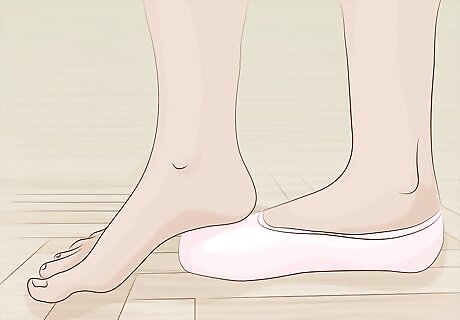
Step on the box. To soften the platform at the front of the shoe that supports the toes, gently step on it with the heel of your foot. Softening the box will increase the comfort of wearing pointe shoes. While some professionals slam the box in a doorway, steer clear from this method. Softening it this way could break the box (or your fingers!) if not done correctly.
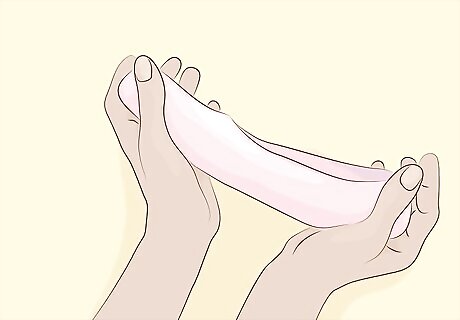
Massage the toe box gently. Using your hands, massage the sides of the toe box to soften it. This will make the box more supple, allowing for a more comfortable dancing experience.
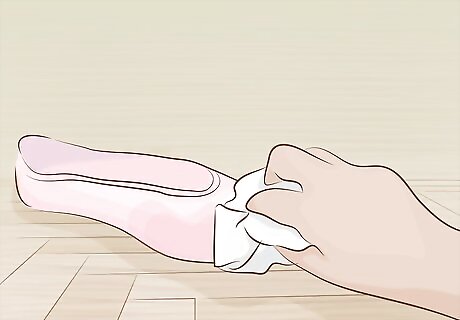
Apply a little water or rubbing alcohol on the exterior of the shoe. If there are still some parts of the box that are giving you trouble, use a small amount of water or rubbing alcohol to help soften the area. Using too much water or rubbing alcohol can result in ruined shoes.
Dancing in Your Shoes
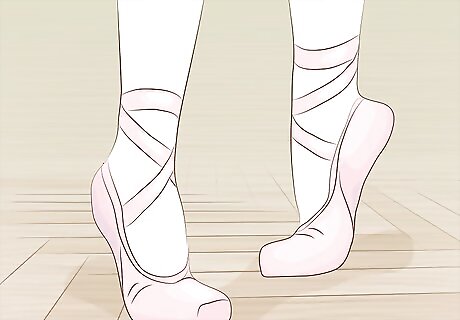
Walk on demi pointe. After you have sewn the elastic and ribbons on your shoes, you can begin exercises to further break in your new pointe shoes. Rise onto demi pointe and walk around. Make sure you always use your pointe shoes on a proper studio floor so the shoes will last longer. Take a break from walking around on demi pointe and occasionally arch your foot.

Do roll-throughs. Standing in first position bend one knee and rise to full pointe on your foot. Repeat this with both feet, rolling slowly back down.
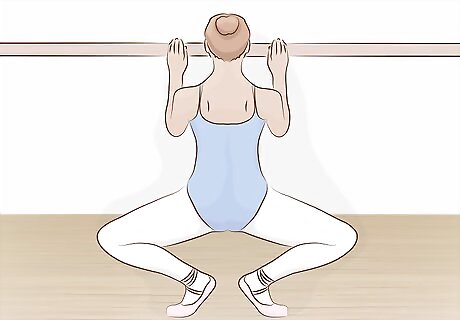
Work at the barre. Heat and perspiration from your foot will continue to aid molding your shoe to your foot as you work at the barre. You can do plies or pony trots, making sure to work both feet equally.


















Comments
0 comment